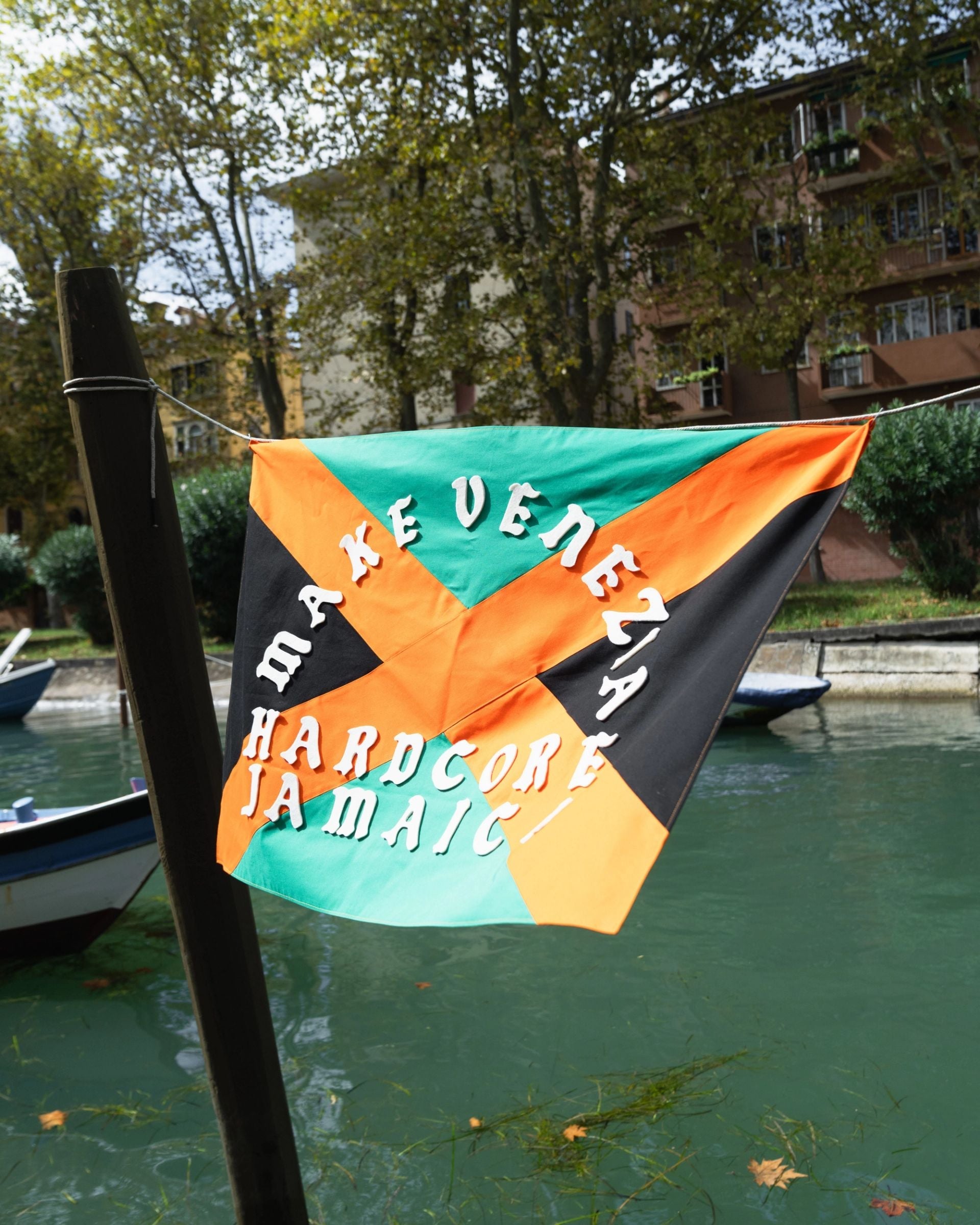
“MEET ME IN SANT’ELENA, TI AMO”: THE HISTORY OF THE FIRST VAPORETTO
Steam navigation has been present in the lagoon since the 1870s, when a steamboat service called caponère, operated by the Venetian Lagoon Steam Navigation Company, connected the old town with San Giuliano, Fusina, Chioggia, Cavazuccherina (present-day Jesolo) and San Donà. The company, the SVNVL, was founded on January 12, 1873 when it took over the existing steamboats from the Swede Theodore Hasselquist, a Venetian by adoption, to which an additional craft being built by the Neville firm was added.
It was in 1879, however, that Alessandro Finella, a Piedmontese resident of Venice, drawing inspiration from the French bateaux mouches that were already sailing on the Seine at the time, obtained the first authorization pertaining to service within the old town from Prefect Sormani Moretti, formalized later on July 27, 1880. The partnership of the Italian entrepreneur with Frenchman Frédéric Williams, founder of the Compagnie de Navigation de la Basse-Loire (CNBL), would later give rise to the Compagnie des Bateaux Omnibus de Venise, based in Paris.
The first vaporetto, or batèo, in Venetian dialect, was named "Regina Margherita" and marked with the number 1, the same as the line that carries the colors of Venezia FC and the words "Meet me in Sant'Elena, I love you" on its livery, during the opening of the Biennale Architettura 2023. With this ferry, designed in collaboration with Moovit, the world's number one app for urban mobility, it is possible to reach iconic places in the city such as Rialto and San Marco by navigating the Grand Canal, a waterway that Line 1 runs in its entirety.
The Regina Margherita, which was 20 meters long and equipped with a 50-horsepower engine, was completed at Paul Oriolle's shipyard in Nantes on April 27, 1881, and sailed to Venice on May 7, 1881 piloted by a sailor from Rezé named Sébastien Lebreton, who first sailed to the mouth of the Loire, then along the Atlantic coast to Bordeaux where he took the Canal de la Garonne to Toulouse, and then the Canal du Midì (today's Canal Royal en Languedoc) to the port of Sète in the Mediterranean to later circumnavigate the entire Italian peninsula. The crossing ended with the arrival in Venice on June 11, 1881, incidentally winding up in a shoal near San Michele.
From the moment the first vaporetto arrived in the Grand Canal, on the occasion of the Italian Congress of Geography, it was frowned upon by some politicians, but especially by the gondoliers, whose disappointment with the innovation that promised to radically change the outlook for their work and, consequently, their earnings, resulted in the November 1, 1881 protest, a day on which the they organized a 48-hour strike. The day was not chosen casually, but in order to create as much inconvenience as possible: on that date, in fact, the commemoration of the dead was being observed, and the Venetian population encountered considerable difficulties in reaching the island of San Michele, the site of the city cemetery.
So it was that the gondoliers forced the city hall to accommodate some of their demands, such as the assurance that the service provided by the vaporetto would only run from dawn to dusk, or the elimination of some of the twelve stops initially planned, such as the Ferrovia stop. The gondoliers' protest was quelled, but it did not find its end; in fact, eight years later, in 1889, on the occasion of a visit to Venice by Queen Margherita and the Prince of Naples, the man who would later become Vittorio Emanuele III, the gondoliers took to the streets again in a protest demonstration.
The gondoliers' stand against the progress embodied in the vaporetto even found a transposition in Giacinto Gallina's play, which the Venetian playwright called Serenissima, and which was first staged in March 1891 at the Teatro Drammatico in Rome. It was then at the height of World War II, in 1943, that Andrea di Robilant made a film, Canal Grande, inspired in turn by the playwright's work, a native of the Castello neighborhood.
Much to the chagrin of the gondoliers, once the usefulness of the new form of transportation had been established, the Compagnie des bateaux Omnibus gave the go-ahead for the production of eight crafts at the French shipyards in Rouen. These early models were characterized by the presence of an opening in the bow and a slightly raised bridge in the central area, so as to allow the placement of steam boilers in the area below, and, like the Regina Margherita, found themselves arriving in Venice by circumnavigating Italy.

